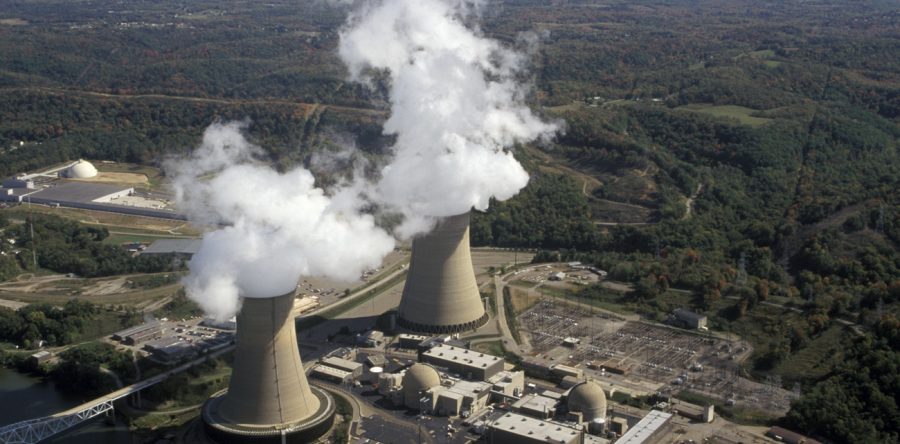The Pentagon is increasingly interested in small mobile nuclear reactors. It is reasonable to research this as a response to the need for reliable, portable, carbon-free power for bases and the battlefield. But, while the U.S. military usually gets what it wants, we should avoid an atomic flashback to the era when the needs and decisions of the nuclear Navy determined the designs of civilian nuclear plants. And we should use this opportunity to require that the defense department lead on strong nuclear governance, non-proliferation and security.
Three questions arise. First, will DoD drive next generation reactors more effectively into the global market? Second, will DoD dominance limit the future opportunity of more exotic advanced reactors? Third, is this a good idea for global security?
Early this year DoD issued a Request for Information (RFI) on small mobile nuclear reactor designs that can power forward bases. This was predicated on a 2016 Defense Science Board (DSB) task force report that examined the potential for small modular reactors to support forward and remote operating bases. That was spurred by language in a 2014 congressional defense bill. DSB recommended that the Army be designated as the leader for the assessment of these nuclear energy sources. Last year, the Army released a study on the benefits and challenges of mobile nuclear power plants that examined political, economic, social, technological, environmental, and legal/regulatory (PESTEL) issues.
Based on both reports, there is still a lot of work to be done on this nuclear option. But if DoD proceeds, will it propel the next generation nuclear industry?
The Army report clearly indicated a preference for very small modular reactors that are light-water cooled. There are examples of these reactors that are in various stages of design. Interestingly, the Army report notes that it does not have an interest in modifying reactors designed for commercial use for its military purposes because of the need to “ruggedize” the reactor. The RFI stated that it would down select 3 technology options and according to the Army Times, it seeks a demonstration by 2023 and an initial deployment at a remote site like Alaska or Guam.
Will the DoD preference for SMRs stilt the dynamic advanced reactor field?
At this point, the U.S. government has made a decision not to pick a winner among advanced non-light-water-cooled nuclear designs, but is supporting the R&D infrastructure for the burgeoning industry. However, the Army report considered advanced reactors using “more exotic cooling and/or moderating systems in their operation (e.g., liquid metal, molten salt, and high temperature gas)” to be a decade further behind SMRs and therefore, not ready for their needs. This assessment could influence the investment incentives for the more exotic technologies and impact the global market interest in them.
If the Pentagon proceeds, how will this impact global security?
To their credit, the DoD reports are not downplaying the potential risks and challenges associated with the field deployment of small mobile reactors. The Pentagon notes that land-based reactors would require additional legal authorities to operate in foreign nations, that regulatory authorities will have to be established or revised, and that there are safety, security and nonproliferation concerns.
The DSB task force did not consider any reactor designs using nuclear weapon grade uranium as a fuel in order to decrease proliferation dangers. And it did note that, if breached, the reactor could become “a dirty bomb.” A number of these challenges were further detailed in a new article opposing the deployment. But both the DSB and Army determined that on balance there was value in moving forward the process of further assessing small mobile reactors.
The Pentagon has a history of developing and driving technology forward for military applications that then result in significant advances for the civilian economy. The internet and GPS are two prominent examples. The military’s interest in next generation nuclear power can help to propel its preferred technology forward. But it also can limit the opportunity and financing for designs that it does not want. The Pentagon is a significant financial and political player and its preferences will weigh heavily as the technology sorts out. But while that happens it should lend its influence to ensure that the non-proliferation and security system for next generation nuclear systems are robust and effective. The last thing anyone needs is a radioactive bullseye on the battlefield.


